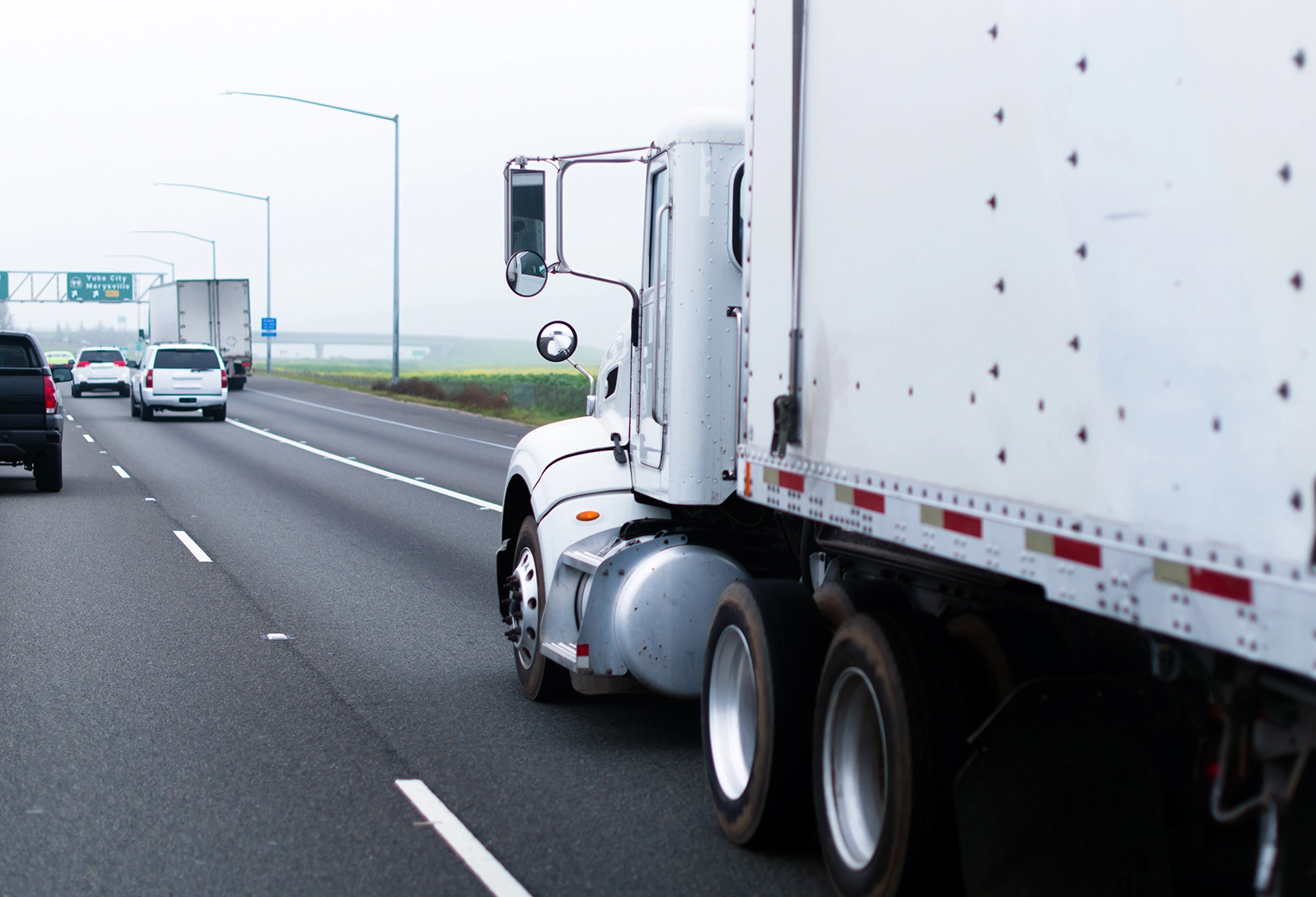Application Form
Please fill out the form below, so we can contact you as soon as possible!

Artificial intelligence has quickly developed from a sci-fi idea to a vital technology that is changing numerous aspects of our lives. AI, which encompasses robotics, machine learning, and natural language processing, makes it possible for machines to carry out tasks that ordinarily demand human intelligence. AI is a cornerstone of innovation across numerous sectors, driven by advances in processing power, data availability, and sophisticated algorithms. These innovations will have a substantial positive impact on the transportation industry, which is essential to the everyday movement of people, products, and services. In addition to being essential for trade, economic growth, supply chain support, and community connection, efficient transportation systems also have drawbacks, such as infrastructural constraints, environmental effects, safety issues, and traffic jams.
Our article aims to provide a comprehensive understanding of how artificial intelligence is reshaping the transportation industry. We will explore its current applications, the benefits it brings, and the challenges that need to be addressed for the successful integration of AI into transportation systems.
Currently, AI started its implementation throughout the transportation industry. We can see that in autonomous vehicles and route optimization software. But let’s have a closer look.
AI is at the forefront of the development and application of autonomous vehicles, transforming the understanding of logistics and driving. One of the most common uses of this technology is in self-driving cars, which use real-time data processing, machine learning algorithms, and sophisticated sensors to navigate highways without the need for human interaction. Key companies in this industry include Tesla, with its Autopilot and Full Self-Driving (FSD) systems, and Waymo, which has been actively testing its autonomous vehicles in several cities. Although completely autonomous vehicles are still in the testing and regulatory stages, a lot of progress has been achieved, and certain automobiles can already operate partially autonomously in certain situations.
As for autonomous trucks and logistics, companies like TuSimple and Embark are leading the charge. These trucks have the potential to revolutionize the logistics sector by lowering labor costs and boosting efficiency because they are built to manage long-haul journeys with little assistance from humans. The practicality of these technologies is already being demonstrated by pilot projects and cooperation with logistics companies, where autonomous vehicles perform freight operations on specific roadways.
With traffic light control systems that adjust in real time to changing traffic conditions, artificial intelligence is being used to optimize traffic flow and lessen congestion. AI-driven traffic management systems have been implemented in cities like Pittsburgh and Los Angeles. These systems utilize cameras, sensors, and machine learning algorithms to dynamically alter traffic signals, which improves traffic flow and cuts down on delays.
Congestion management also heavily relies on predictive analytics. AI can forecast traffic patterns and probable congestion sites by evaluating data from a variety of sources, such as GPS devices, road sensors, and social media. This enables authorities to take preventative action to ease traffic bottlenecks.
AI improves public transportation by enabling AI-powered routing and scheduling, which makes buses and trains run more smoothly and dependably to their schedules. Artificial intelligence-powered systems can optimize routes and timetables to match demand, lowering wait times and enhancing service reliability by evaluating passenger data and traffic trends.
Another use for AI is in smart ticketing systems, which use contactless payment options and smartphone apps to expedite the ticketing process. These technologies improve the user experience overall by providing tailored travel recommendations and dynamically adjusting pricing in response to demand.
AI algorithms are widely used by ride-sharing services like Uber and Lyft to match passengers with drivers, improve routes, and control rates. To deliver effective and affordable services, these algorithms evaluate real-time data on rider locations, driver availability, and traffic conditions. Because AI provides an alternative to conventional taxi services and lessens the demand for car ownership in larger cities, it has a great impact on urban mobility.
AI is essential for predictive maintenance across a range of transportation modes, assisting with vehicle health monitoring and anticipating maintenance requirements before problems occur. AI systems are used in aviation to evaluate sensor data in order to forecast component failures and plan maintenance proactively, reducing downtime and improving safety. Similar to this, commercial fleets and railways employ AI to track the condition of trucks and trains, minimizing the likelihood of breakdowns and guaranteeing prompt maintenance. Through the prevention of machinery failures, this strategy lowers operating costs while simultaneously increasing safety and reliability.
Surely, the development and implementation of AI are meant to bring benefits to humans and ease their daily lives. In the transportation industry, AI offers the following benefits:
AI is changing the transportation industry by improving efficiency and safety. Autonomous vehicles reduce human error and improve road safety, while AI-driven traffic management systems reduce congestion and optimize flow. The environmental impact is minimized through optimized fuel consumption and support for green technologies, promoting sustainability. Despite challenges, the ongoing advancement of AI promises a future of safer, more efficient, and environmentally friendly transportation, fundamentally transforming global mobility and freight delivery.
Application Form
Please fill out the form below, so we can contact you as soon as possible!